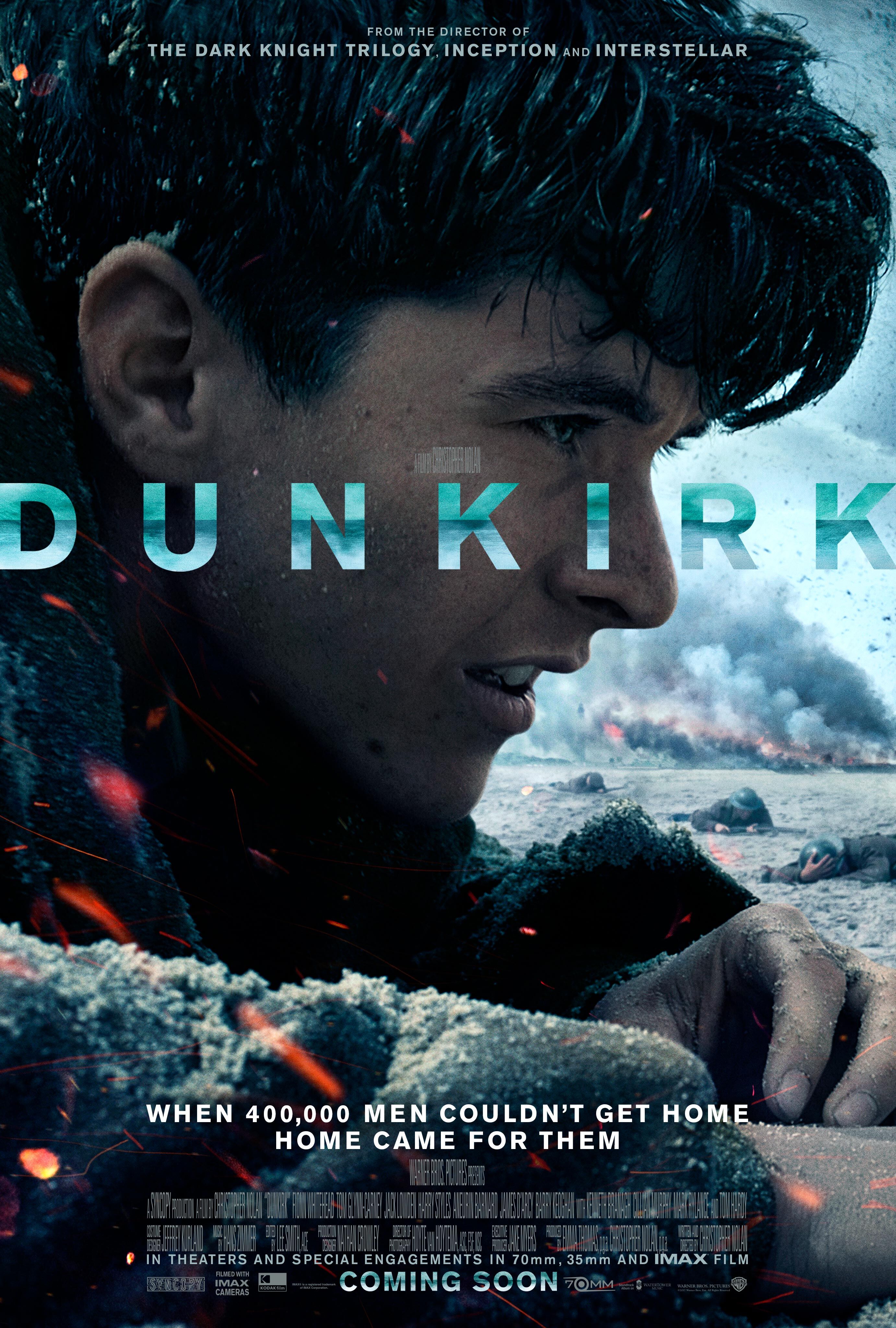By Michael Wastell
Dunkirk represents a turning point not just in the genre of war films, but in cinematic exhibition itself.
Dunkirk is somewhat of an aberration within the Nolan canon, neither science fiction nor a comic book adaptation. There are no ruminations of mankind’s place in the universe or the nature of reality, nor does a rubber-clad billionaire swoop in to save the day. The challenge faced by the soldiers on the beach is simply survival. The film eschews a typical three act structure, operating more on a 100-minute continuum of tension, reflecting unrelenting nature of the historical event being depicted. The soldiers on the beach were not aware of when or whether help was coming and neither are we the audience. A slightly experimental time structure, in which separate timelines taking places over a week, a day and an hour play out simultaneously, allows Nolan to juxtapose moments of chilling mundanity with frenetic action. (5 Stars).
Those fortunate enough to live near a vintage independent cinema will see that Dunkirk is offered in a 70mm print. At my particular cinema of choice, the Sun Theatre in Yarraville, a printed program outlining the facts and figures of the Dunkirk evacuations as well as short bios for the main cast and crew activates the audience to treat this experience differently to a normal night at the pictures, emphasised further by a short introduction by the projectionist explaining why seeing a film in 70mm is different to digital (and very much worthwhile. In fact, after ripping it out in 2015, IMAX Melbourne Museum has re-installed their 70mm projector specifically for Dunkirk.).
What digital lacks is texture. There is a kinesthetic quality to films exhibited by passing light through printed celluloid and onto a silver screen that digital technology simply cannot replicate. The screening process also enhances the experience of Dunkirk more specifically. Hans Zimmer’s score makes repeated use of the ticking of a stopwatch to highlight the urgency of the situation and the ticking of the mechanical projector behind the audience provides a similar affect, linking the disconnected narratives of the Mole, the Sea and the Air. Having seen Dunkirk in both digital and 70mm versions, I can say with absolute confidence that 70mm is the way to go.
Paying a premium to see a film in 70mm will be unlikely to generate much popular appeal, and the extra cost of filming in 70mm will make directors and studios reluctant to increase their usage of the technique. But just because McDonald’s will always be the world’s biggest burger chain, does not mean that there is not a market for people willing to pay a premium for a more gourmet dining experience.
Seeing Dunkirk in 70mm is a gourmet cinema experience.

